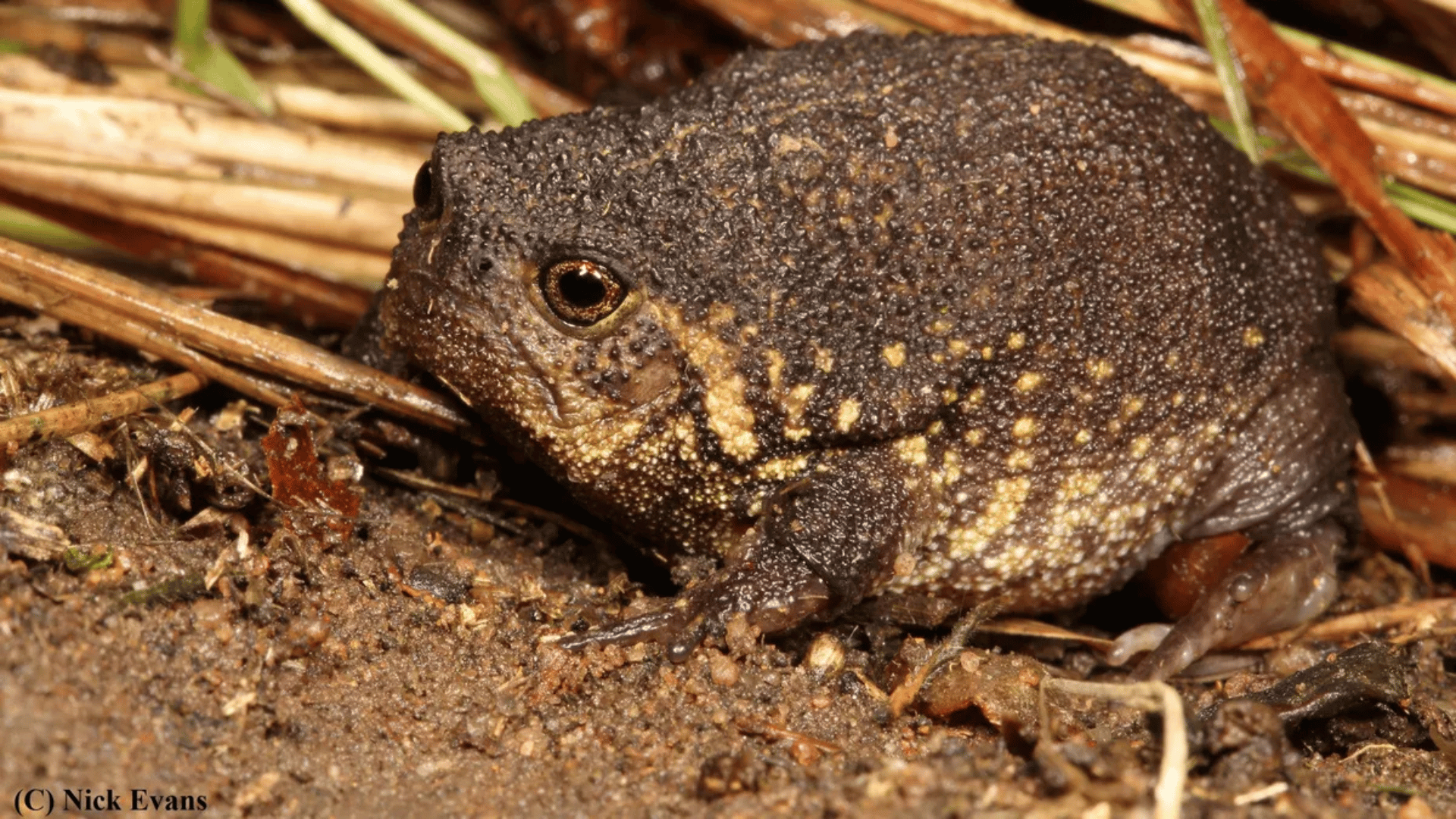Happy holidays! It’s the season for time for reflection and being with loved ones. And if you are with those you hold dear, you might be in the presence of a Christmas tree. A real tree’s origins are obvious; it was previously part of a forest or a dedicated farm. But how is an artificial Christmas tree created?

The Creation of the Tree
It begins with steel. The “skeleton” of the tree is fashioned from steel tubing bent into arcs. Once welded, it becomes the framework of the tree. Once welded, the framework is coated in a polyester powder in whatever color fits the tree in question. This polyester is tougher than paint to prevent scratches or flaking off. It’s set by baking the framework.
Elsewhere, the branches are being constructed. PVC plastic- typically green, when going for a more “natural” look- is wound through a roller with multiple circular cutters. As the PVC passes through, it is shredded into finer and finer strips. The result looks close to the needles seen on real-life pine and fir trees. The fringe is wound up by an automated spool and kept there until the next step.
That step entails both the finished fringe and additional PVC, usually in brown. Steel wire is unwound and merged with the two sets of PVC. They are then all twisted together by a machine. The brown PVC ends in the middle of the fringe, making it appear as if it’s a stem. The cycle continues endlessly, constantly pumping out artificial greenery. It’s simply cut to the correct length by huge scissors. If the branches are to appear covered in snow, the machine also frosts them in white latex paint.
A ring fastener is used to crimp the foliage to the framework of the tree. Workers ensure that there are no blank spots and adjust the branches to just the right angles. If the tree has lights included, these are also strung at this step. Each bulb is checked individually. Some artificial Christmas trees already come complete with ornaments, for those who lack the time to decorate themselves.
There are many benefits to an artificial tree, just as there are cons. What takes nature several years to grow can be built in a single day. A fake tree can be reused for multiple years. Allergies are not a factor. However, artificial trees do shed like their natural counterparts. The joy and tradition of finding the perfect tree are not quite as spectacular. Finally, they can be expensive, depending on the size and build quality.
Whether you have a “real” Christmas tree or not, we all hope you enjoy it and have a wonderful holiday. We’ll see you next year as we keep working to bring you tomorrow’s world, today.
Although, before we go… how about a few artificial Christmas tree fun facts?
- Artificial Christmas trees were the norm in the Colonial United States. Wooden pyramids in a tree shape acted as Christmas trees for quite some time. These were lit by candles and developed in Pennsylvania in 1747.
- The first artificial trees as we know them were developed in the 19th century in Germany. They featured goose feathers dyed green.
- A brush-bristle tree, similar to the kind detailed above, was first introduced by British company Addis in 1930. These were made from the same bristles seen on toilet brushes, just recolored green. They were quite popular for a time!
- Aluminum Christmas trees were a thing. From 1959 to 1965, they enjoyed popularity as an alternative to the more “traditional” PVC artificial tree. However, in 1965 A Charlie Brown Christmas used them as a symbol for the commercialism of the holiday. Their popularity declined and production ceased in the 1970s.
- Upside-down artificial trees exist, although function more as a gimmick than a real tree. The idea was to give retailers more floor space than a traditional tree would provide. They achieve their anti-gravity appearance either by being bolted to the ceiling, bolted to the wall or with a base.
- At least one video game has been made focusing on artificial trees- Attack of the Mutant Artificial Christmas Trees. This online-only title was produced by the National Christmas Tree Association as a ploy to sell more natural trees. It’s been described as a version of Whack-a-Mole.

Learn more about the World of Production, and discover how winter jackets, wrapping paper, and dumbbells are made.







